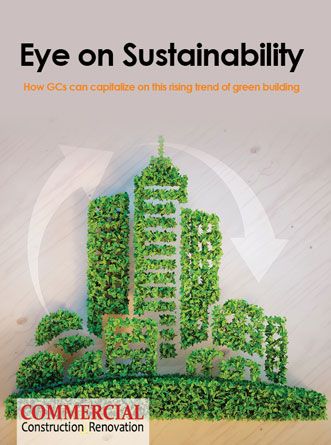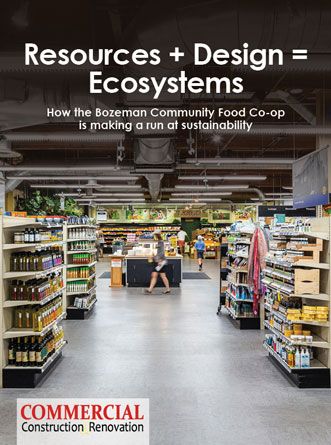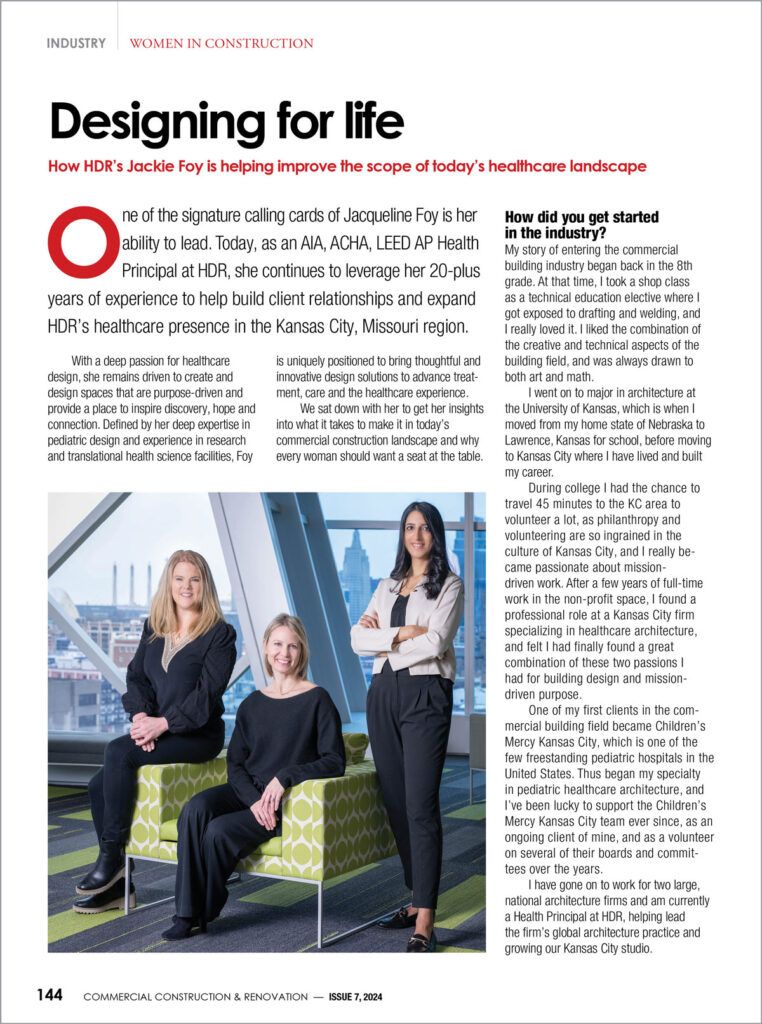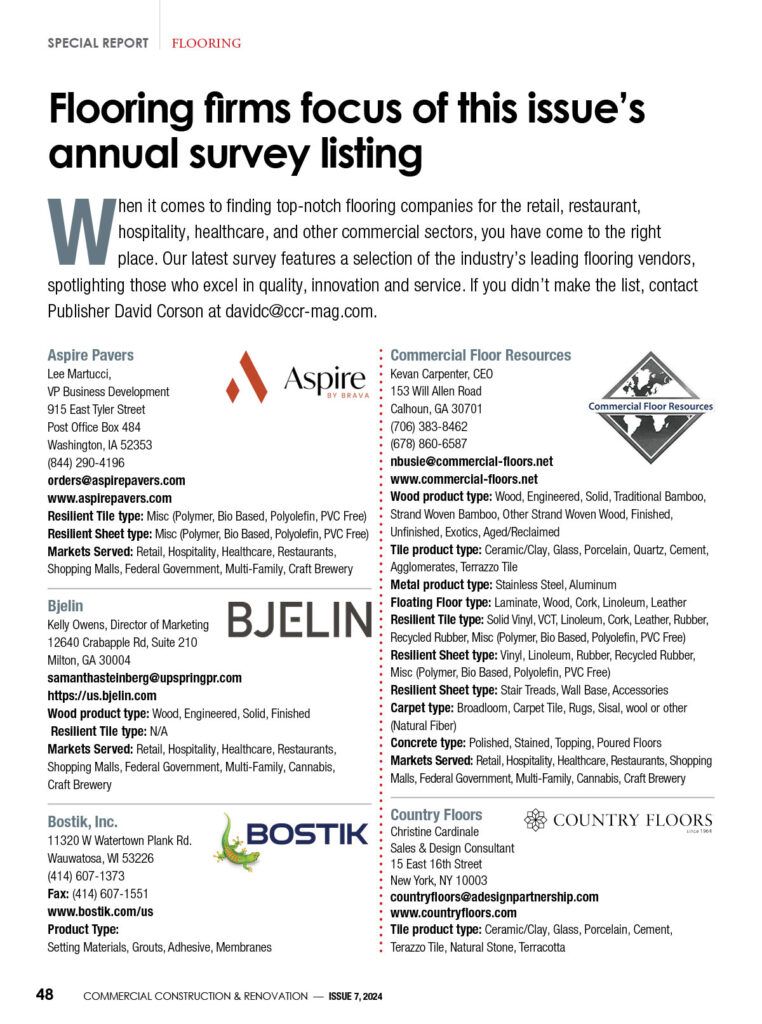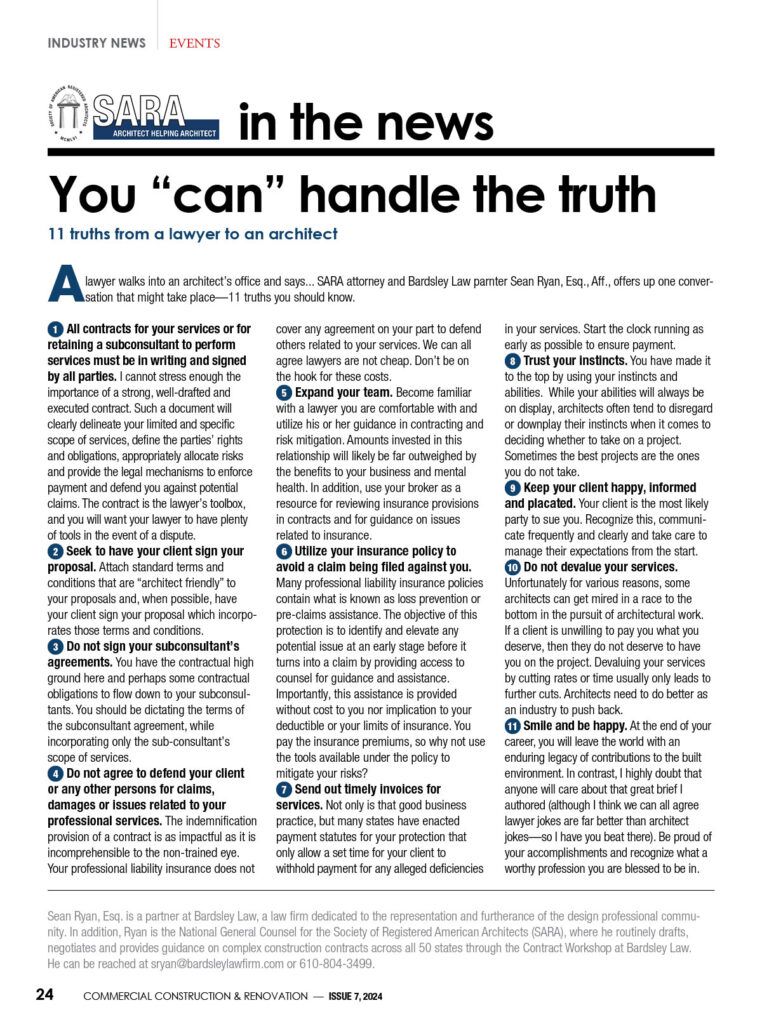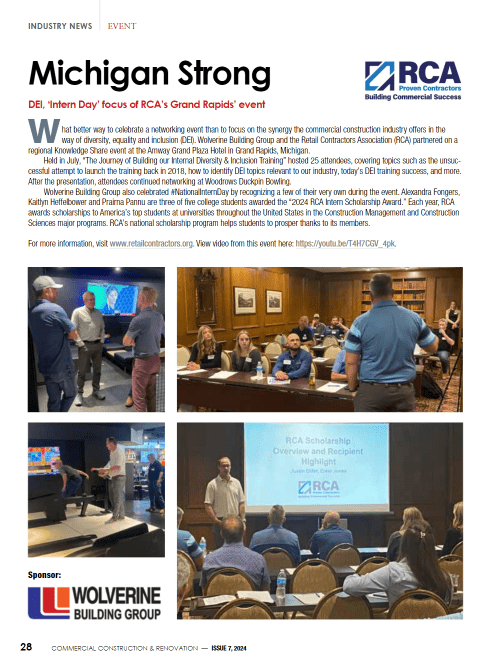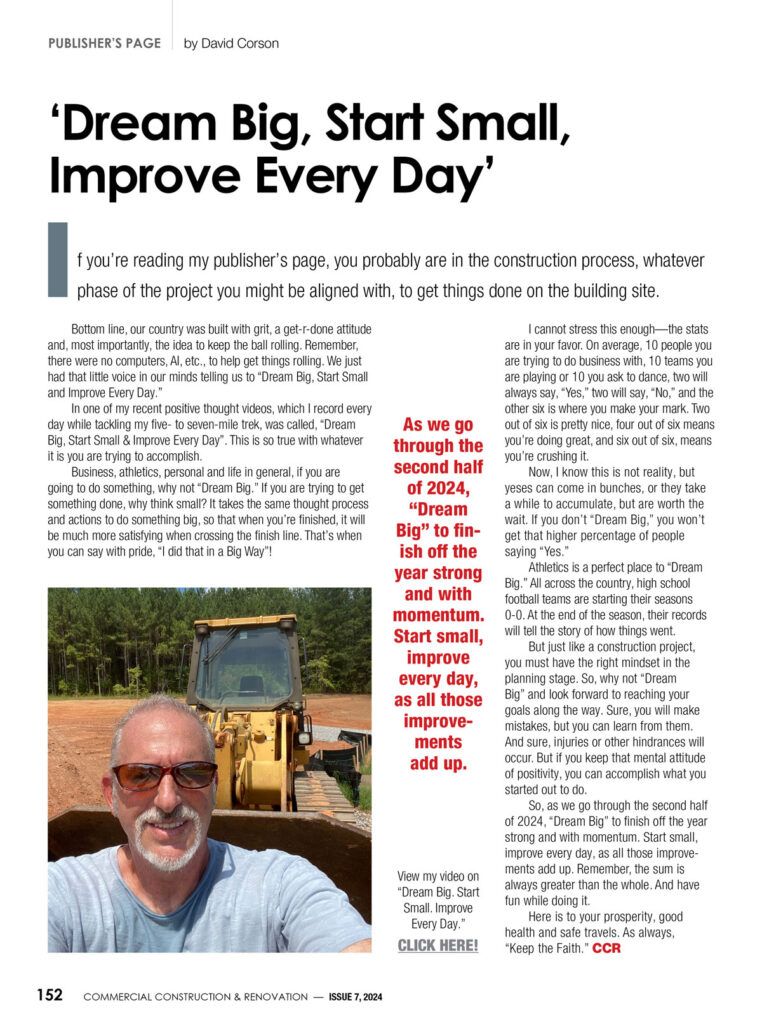 The current pandemic has caused many companies to adjust to meet the needs of clients and the consumer market. Many industries, if not all, have experienced some level of uncertainty and numerous hiccups, as things continue to change and progress over time. So, how has the commercial construction industry been impacted, and what does it look like post-COVID-19?
The current pandemic has caused many companies to adjust to meet the needs of clients and the consumer market. Many industries, if not all, have experienced some level of uncertainty and numerous hiccups, as things continue to change and progress over time. So, how has the commercial construction industry been impacted, and what does it look like post-COVID-19?
What has changed?
First and foremost, as an evolving situation, it is essential for companies to continue to keep a close eye on real-time updates from the nation’s medical officials and local governments. The guidelines and data can be used to adapt policies and procedures to protect the safety of employees, contractors and trade partners, and to achieve compliance with the most current rules and regulations.
If a company has jobsites located in different markets and states, local governments may have other guidelines given the impact the area has experienced. As an essential business, construction has not necessarily stopped, but the typical day does not look the same. Processes and routines have changed and will continue to change weekly, if not daily, so companies must stay in the know to continue their education on the situation at hand.
Encouraging workers to participate in educational opportunities to help keep themselves and those around them safe will be necessary.
Most, if not all, construction companies outsource materials from overseas due to pricing and availability. Still, given the recent turn of events, many contractors have experienced a shortage of materials, ranging from specialty elevators to standard piping and steel. While this did not necessarily delay projects, there might have been significant schedule re-sequencing to ensure the timeline was complimenting the original project completion date.
Less than a year ago, a pandemic was nowhere near the front of people’s minds. Hence, language regarding this situation was most likely not included in current contracts. Contractors are in a position to adjust the legal terminology within any agreement to include pandemic-specific information to help protect themselves from current and future repercussions.
It is encouraged that contractors move forward by inserting language that stipulates to the client that if a future world pandemic or crisis occurs, and it could not have been forecasted, that they are not accounted for in either the bid or guaranteed maximum price, all depending on how the contract was procured.
Given these adjustments have been the most popular and impactful thus far, there are other additional changes companies have experienced that will also impact the future of this line of work.
What’s to come?
For most, the current state of affairs has opened many eyes, allowing them to identify processes that need improvement. Given this has shocked the world, companies are beginning to ask themselves, what if this happens again? How can we learn from this and be as prepared as possible?
One of the most valuable tools that have helped companies navigate through this pandemic has been education. Specifically, education entails staying updated on the situation, determining the facts, and then relaying the information to staff. The safety of teams and trade partners associated with projects is paramount and the No. 1 priority to companies, regardless of any variable.
The current pandemic has opened a lot of eyes and will resonate within the industry for years, if not forever.
Therefore, encouraging workers to participate in educational opportunities to help keep themselves and those around them safe will be necessary. Whether management conducts these weekly, monthly, or as new complications or information arises, the expectation is that educational opportunities soon will become mandatory for all employees.
For on-site workers, there will be additional safety precautions and guidelines enforced to ensure the safety of everyone who either works or visits each project. A typical job site setting consists of many bodies assisting each other with projects, as well as sharing tools, water bottles, and other items.
Sweat is a natural side effect of the hard labor associated with construction jobs. There is a heightened awareness of how workers will interact with each other while avoiding cross-contamination and germs.
So, how does a job site stay safe and healthy while preventing disruption or delays on the job?
Individual toolsets: Rather than sharing tools, workers may be required to use one specific set or personal tools to avoid sharing and cross-contaminating with other workers.
Designated workers for specific jobs: For example, larger tools or heavy machinery supplied by vendors.
Overall, “project hygiene” will be prioritized to an elevated level of importance and will be coupled by continued awareness and education as professionals enter new fronts on the worldwide view.
The current pandemic has opened a lot of eyes and will resonate within the industry for years, if not forever. To ensure companies are better equipped and prepared for team members and trade partner’s health while also maintaining the ability to effectively carry out an essential business, it is encouraged that companies take this time to reflect on what they have learned and strategized on how they can move forward more effectively and efficiently.
____________________________________________________________
Tom Harrison is senior VP and Managing Partner at Johnson Carlier.








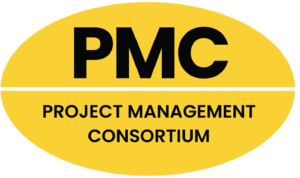
 The 2024 virtual Men’s Round Table will be held Q4, 2024, date TBD.
The 2024 virtual Men’s Round Table will be held Q4, 2024, date TBD.






